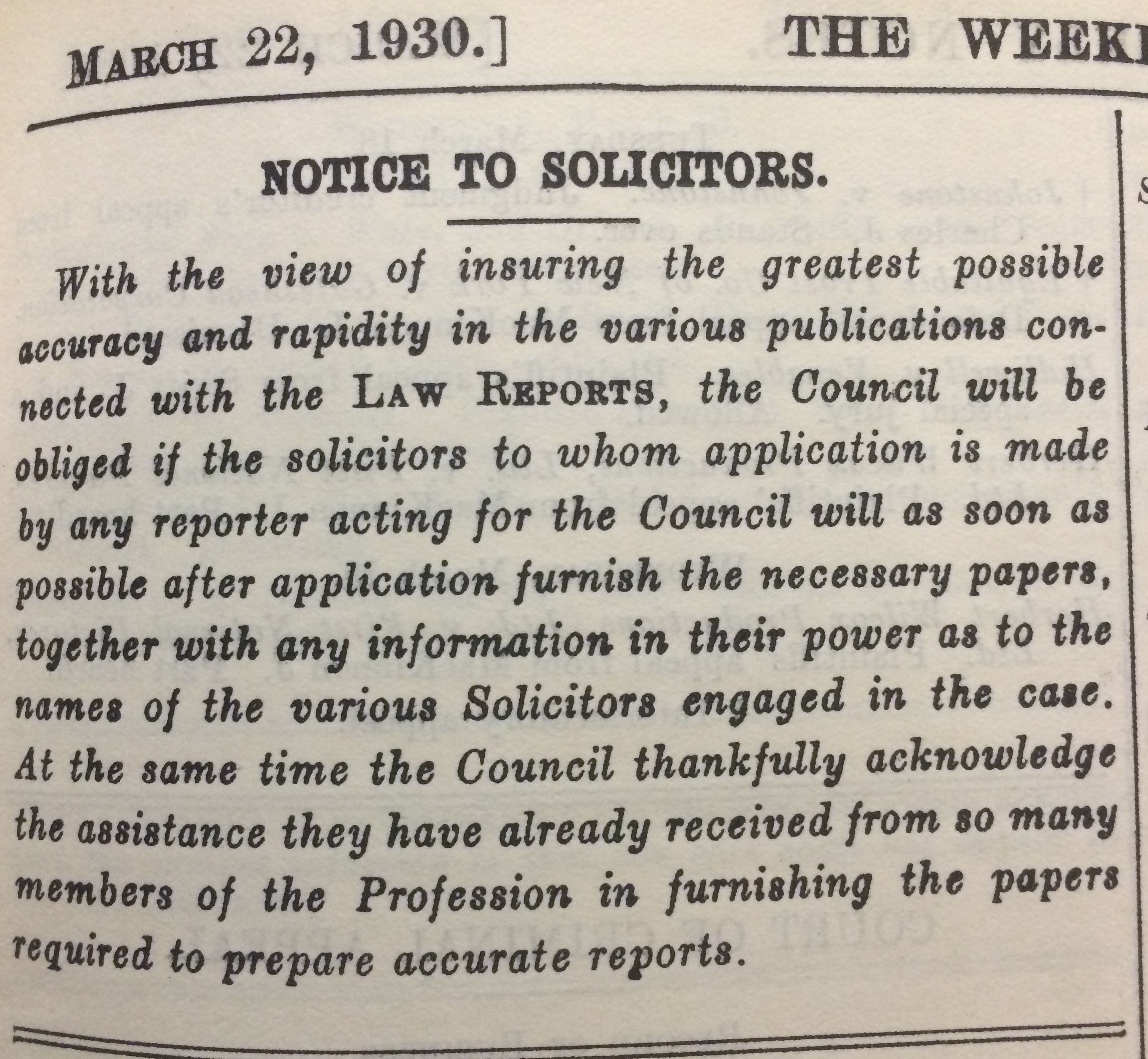Bundles of joy – CPR Practice Direction 52C, para 33
Law reporters have always depended on the goodwill of advocates and instructing solicitors in providing copies of pleadings, skeleton arguments and authorities bundles to help in the process of reporting important precedents. In the past, such help was sought and given unofficially. Although there has been a series of practice directions on how court bundles
Law reporters have always depended on the goodwill of advocates and instructing solicitors in providing copies of pleadings, skeleton arguments and authorities bundles to help in the process of reporting important precedents. In the past, such help was sought and given unofficially. Although there has been a series of practice directions on how court bundles are to be prepared and circulated, it is only now, with the insertion of a new paragraph into the Civil Procedure Rules, that official recognition has been given to the need for reporters to have copies of key documents, such as skeleton arguments, to help them report new cases.

Practice Direction 52C, supplementing CPR Pt 52:
Documents to be provided to court reporters at the hearing of an appeal
33.
(1) Where a party is legally represented at the hearing of an appeal, the legal representative must bring to the hearing two additional copies of the party’s skeleton argument (including any supplementary skeleton argument) for provision to accredited law reporters and accredited media reporters in accordance with the following provisions of this paragraph.
(2) In appeals in family proceedings involving a child, the copies of the skeleton argument must be in anonymised form and must omit any detail that might, if reported, lead to the identification of the child.
(3) The additional copies must be supplied before the commencement of the hearing to the usher or other court official present in court.
(4) The usher or other court official to whom the copies are supplied must provide one copy to an accredited law reporter (upon production of their Royal Courts of Justice security pass) and one copy to an accredited media reporter (upon production of their press pass), if so requested by them. Those copies are to be provided only for the purpose of reporting the court proceedings and on the basis that the recipients may remove them from the court and make further copies of them for distribution to other accredited reporters in court, again only for the purpose of reporting the court proceedings.
(5) Any party may apply orally to the court at the commencement of the hearing for a direction lifting or varying the obligations imposed by sub-paragraphs (3) and (4). Where a party intends to make such an application or is notified by another party of the intention to make one, the operation of those sub-paragraphs is suspended pending the ruling of the court.
(6) In deciding whether to make a direction under sub-paragraph (5), the court must take into account all the circumstances of the case and have regard in particular to—
(a) the interests of justice;
(b) the public interest;
(c) the protection of the interests of any child, vulnerable adult or protected party;
(d) the protection of the identity of any person intended to be protected by an order or direction relating to anonymity; and
(e) the nature of any private or confidential information (including information relating to personal financial matters) in the document.
A direction may permit a skeleton argument to be supplied in redacted or anonymised form.
(7) For the purposes of this paragraph, “the hearing of an appeal” includes a hearing listed as an application for permission to appeal with the appeal to follow immediately if permission is granted.
You can read the complete Practice Direction on the official Justice website here.